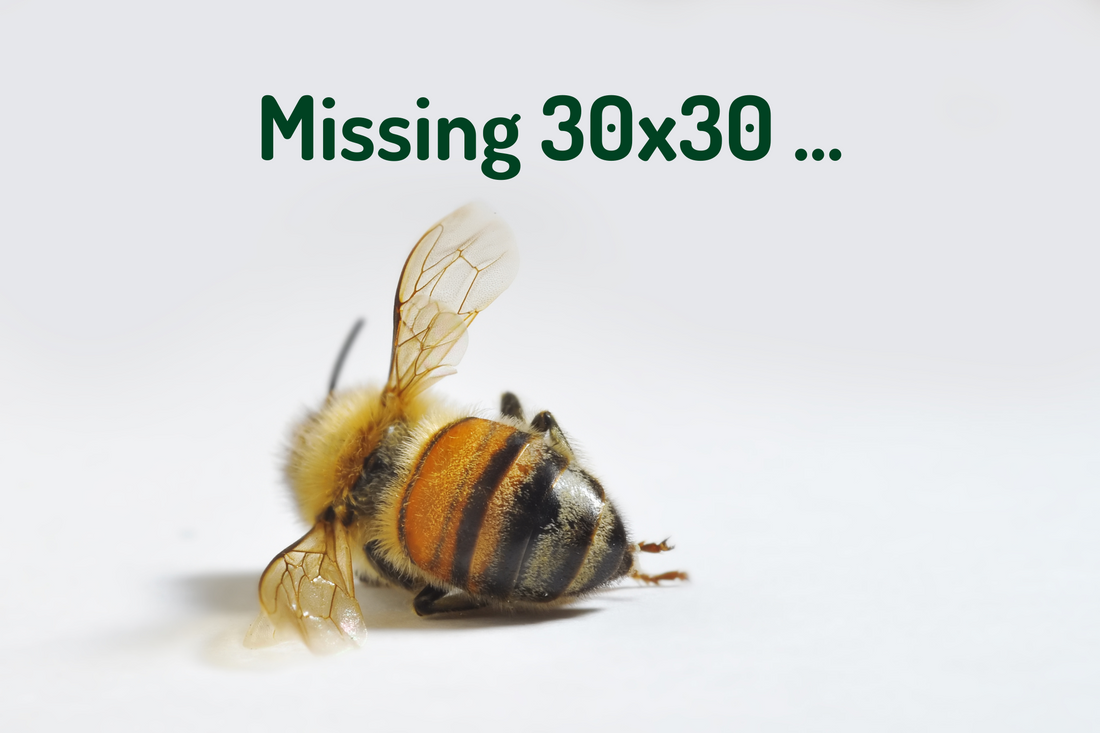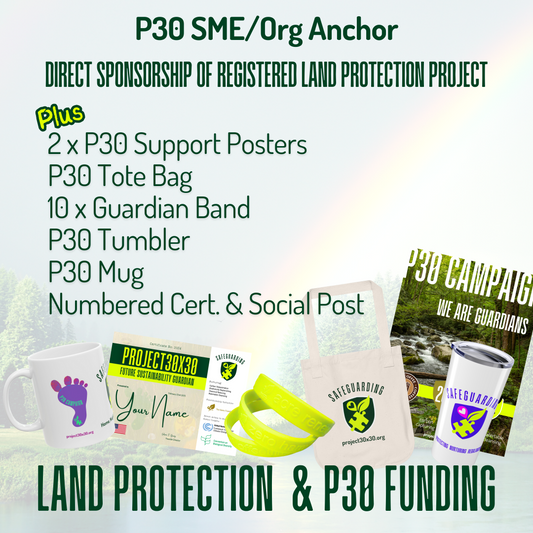Effects of Land Loss Due to Human Actions and Harmful Applications
Touch to learn more
Habitat Fragmentation: Disruption of natural habitats, leading to isolated populations and reduced genetic diversity.
Species Extinction: Loss of habitats results in the decline and extinction of plant and animal species.
Disrupted Ecosystem Services: Loss of pollinators, seed dispersers, and natural pest control agents.
Reduced Carbon Sequestration: Deforestation and soil degradation decrease the land's ability to absorb atmospheric carbon dioxide.
Increased Greenhouse Gas Emissions: Land-use changes, such as burning forests and tilling soils, release stored carbon and other greenhouse gases.
Altered Regional Climates: Deforestation can affect local rainfall patterns and temperature regulation.
Erosion: Loss of topsoil, reducing soil fertility and water-holding capacity.
Compaction: Heavy machinery and livestock trampling compact the soil, reducing aeration and water infiltration.
Salinization: Excessive irrigation and poor drainage lead to salt accumulation, making the land unsuitable for agriculture.
Chemical Contamination: Pesticide and fertilizer runoff, industrial waste, and improper disposal of chemicals pollute the soil.
Reduced Water Quality: Runoff from degraded lands carries pollutants into waterways, contaminating drinking water and harming aquatic ecosystems.
Altered Hydrological Cycles: Deforestation and soil compaction affect groundwater recharge and streamflow.
Increased Flooding: Loss of vegetation and soil degradation reduce the land's ability to absorb rainwater, increasing flood risk.
Food Insecurity: Loss of fertile land reduces agricultural productivity, leading to food shortages and malnutrition.
Increased Exposure to Pollutants: Contaminated soil and water can lead to health problems, such as respiratory illnesses, cancers, and developmental disorders.
Displacement and Migration: Land degradation and loss can force people to abandon their homes and migrate to other areas.
Reduced Agricultural Productivity: Loss of fertile land and soil degradation decrease crop yields and livestock production.
Loss of Ecosystem Services: Decline in natural resources and ecosystem services can negatively impact industries such as tourism, forestry, and fisheries.
Increased Costs for Remediation: Cleaning up contaminated land and restoring degraded ecosystems can be expensive.
Citation: Information derived from general scientific consensus on environmental impacts.
Bibliography
- IPCC. (2019). IPCC Special Report on Climate Change and Land. Retrieved from https://www.ipcc.ch/srccl/
- IPCC. (Ongoing). IPCC Sixth Assessment Report (AR6). Retrieved from https://www.ipcc.ch/assessment-report/ar6/
- UNEP. (Ongoing). Global Environment Outlook (GEO). Retrieved from https://www.unep.org/resources/global-




















Loss of Cultural Heritage: Degradation of natural landscapes can lead to the loss of traditional knowledge and cultural practices.
Increased Social Conflict: Competition for dwindling resources can lead to social unrest and conflict.
Reduced Quality of Life: Loss of access to natural areas and recreational opportunities can negatively impact mental and physical well-being.